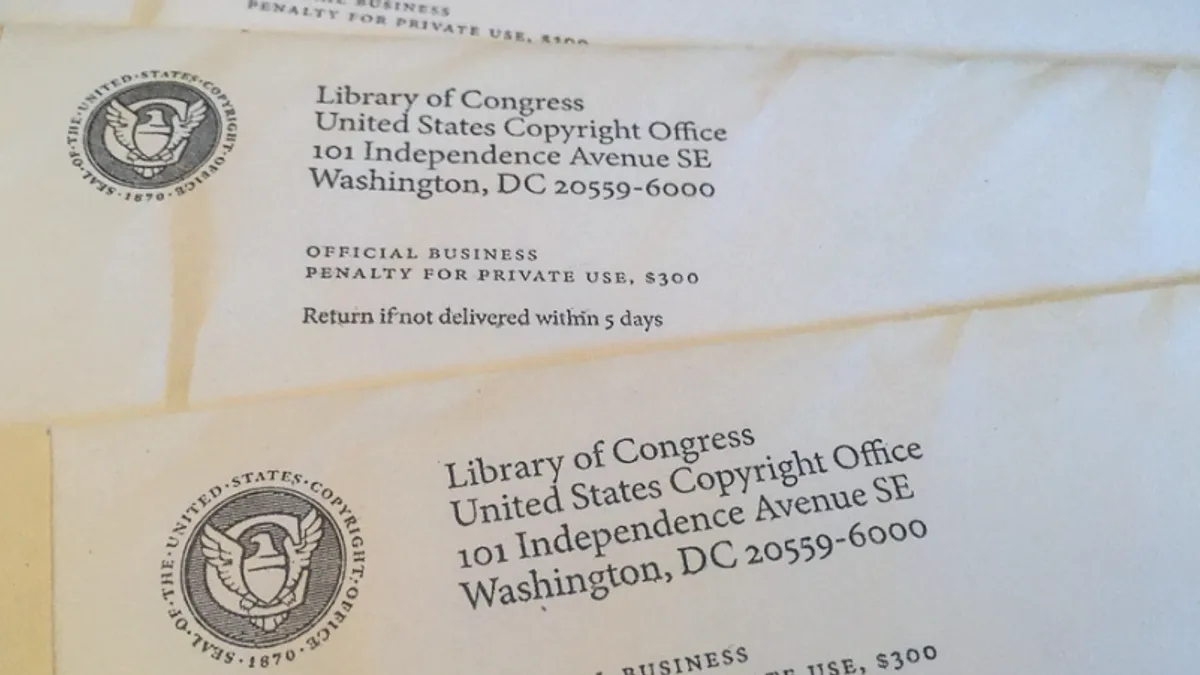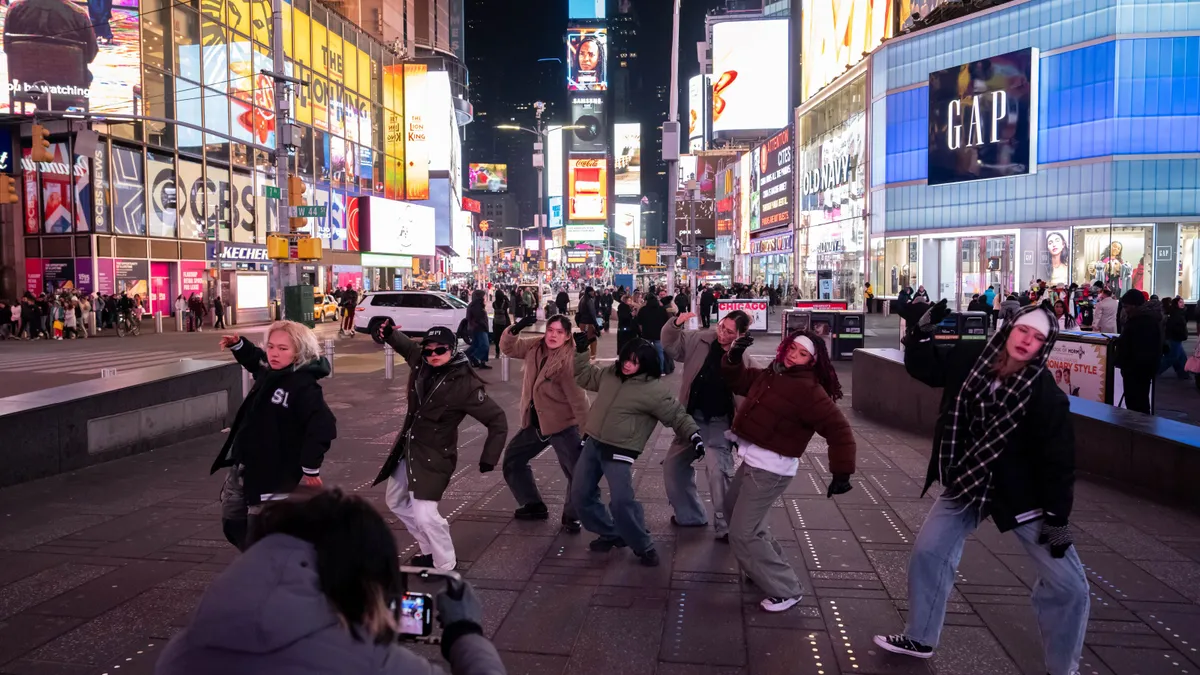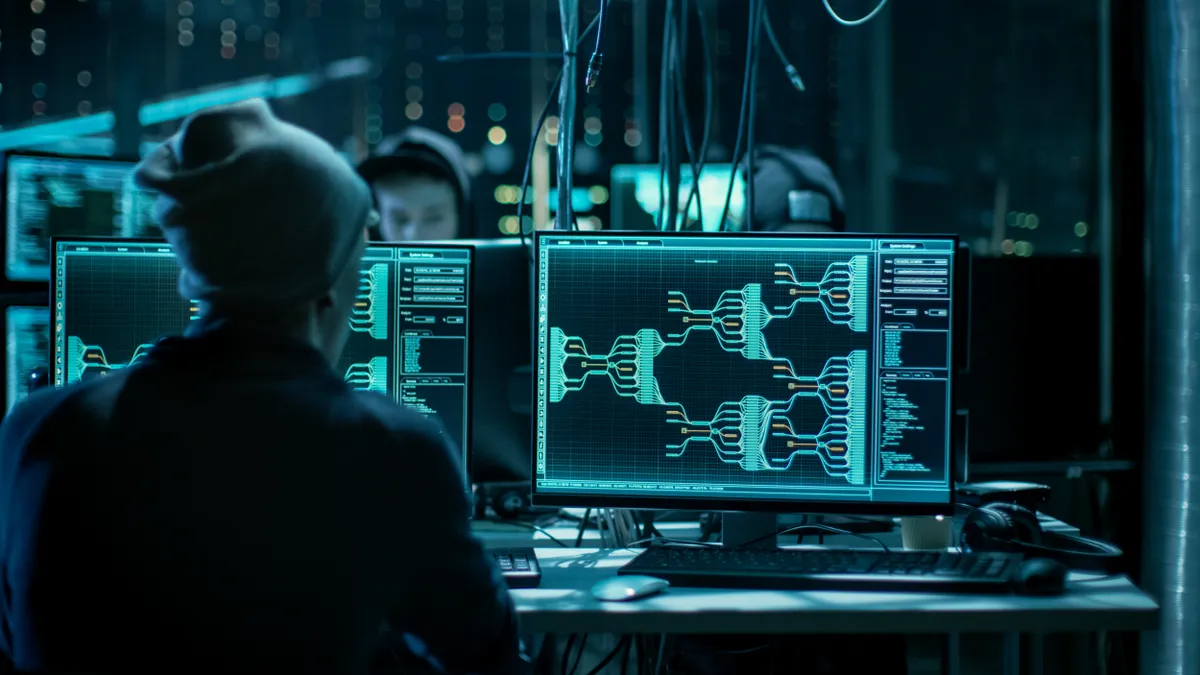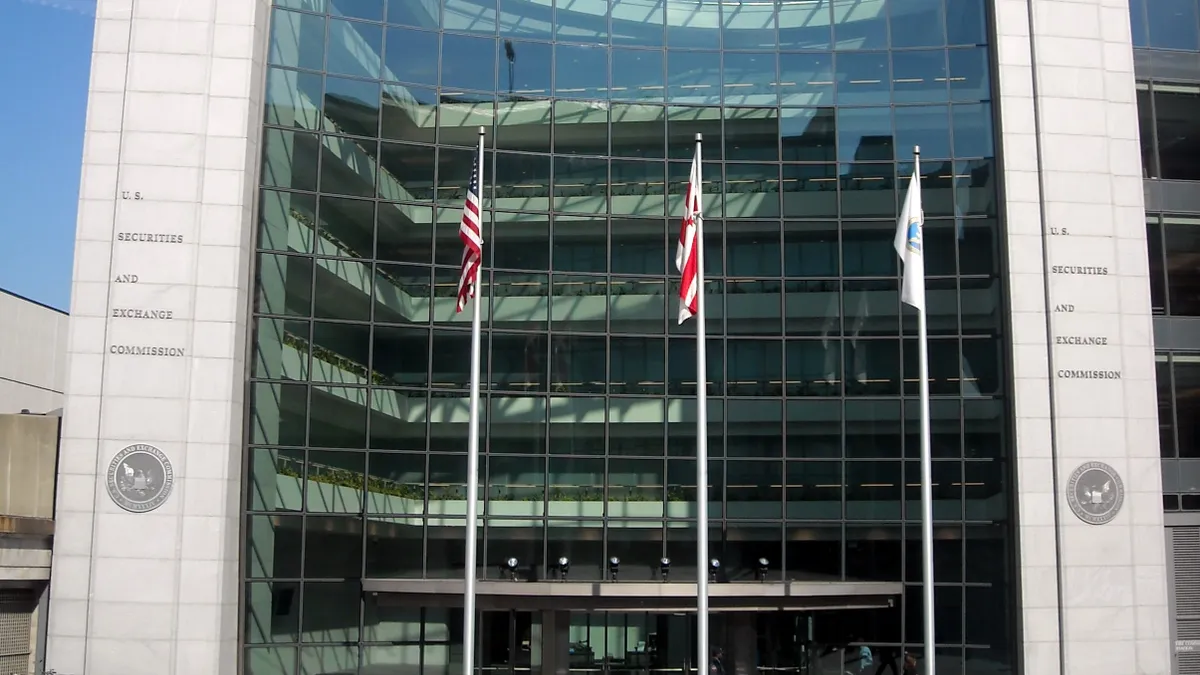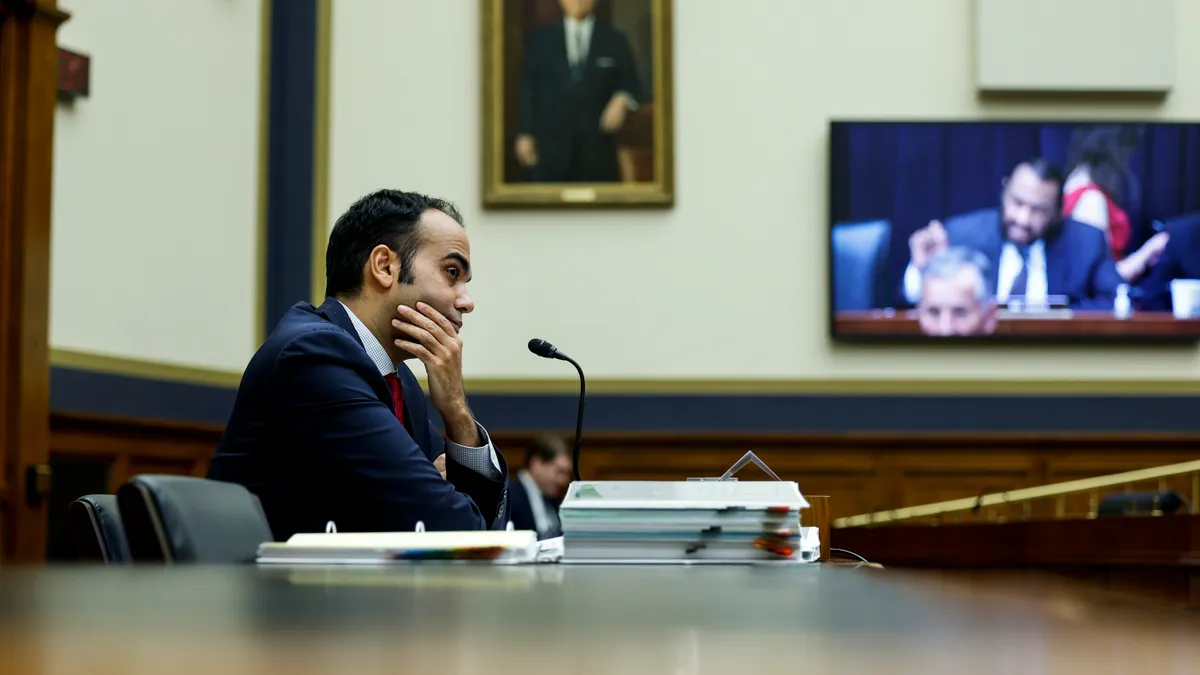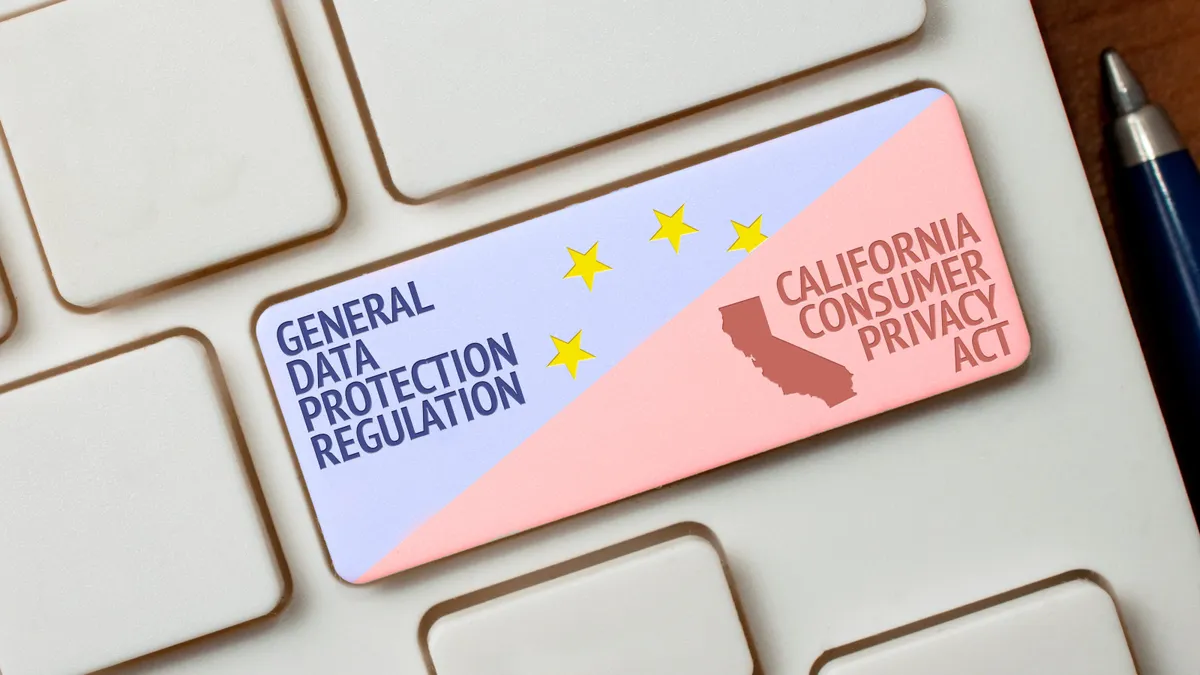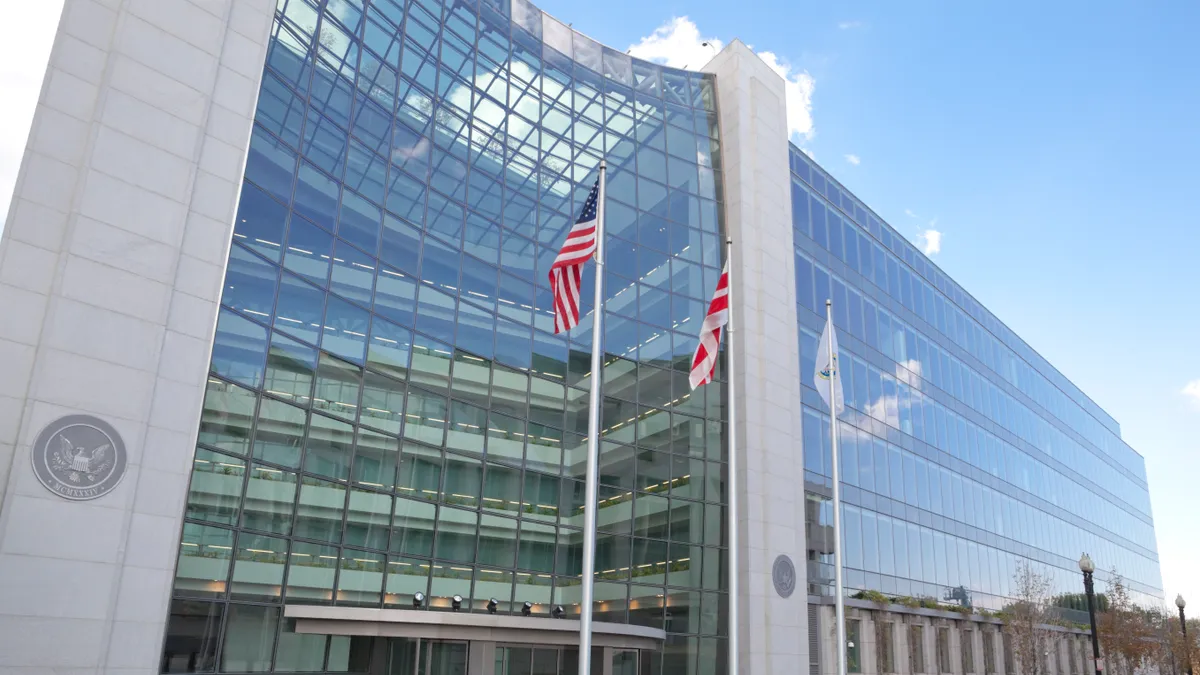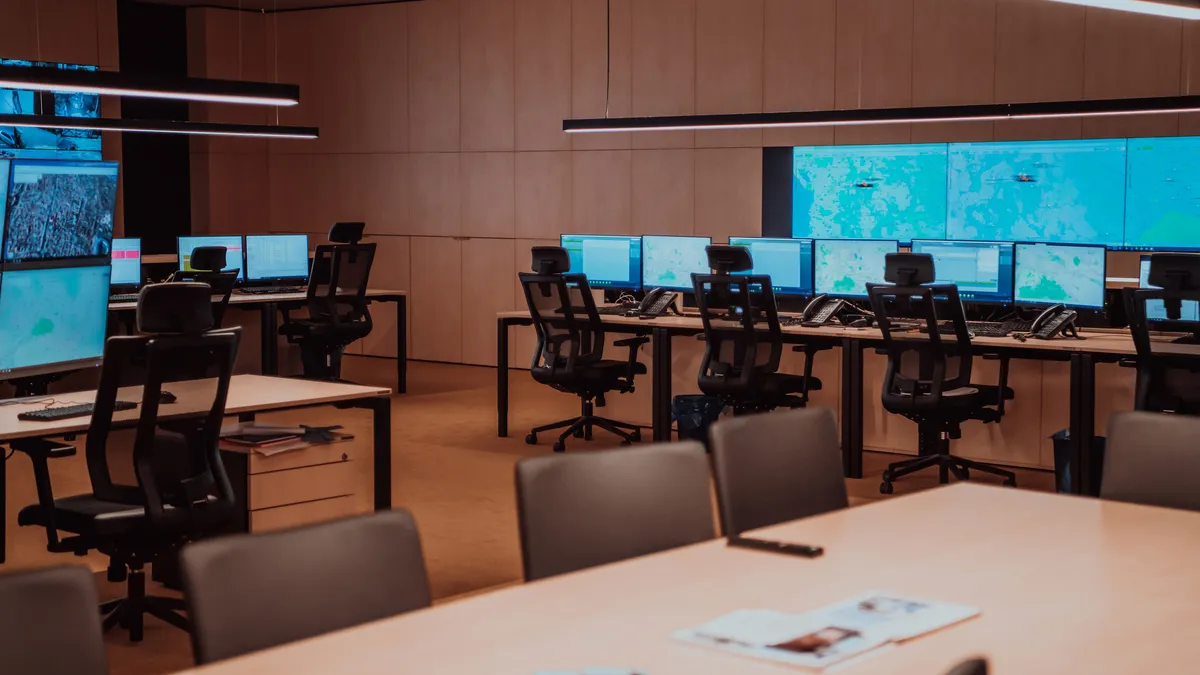General counsel have a quick, low-cost way to settle copyright disputes with the launch of the Copyright Claims Board, slated for later this spring.
The specialized small-claims court was created by the U.S. Copyright Office in the Copyright Alternative in Small-Claims Enforcement Act of 2020 (CASE Act) to provide an alternative to lawsuits that can sometimes cost half a million dollars to settle.
“It’s an alternative to federal court,” Terrica Carrington, vice president of legal policy for the Copyright Alliance, said in a webcast hosted by the Copyright Alliance and groups representing photographers and artists.
Damage caps
The impetus behind the court, structured as an online board with three officers appointed by the Librarian of Congress, is to give photographers, writers and others who would otherwise take a pass on filing an infringement case because of federal court costs the chance to get their claim heard.
The drawback to claimants is a $30,000 cap on the amount of damages that can be awarded for a single claim and a $15,000 cap on each infringement when multiple claims are made in a filing.
In addition, because it’s a voluntary program, those being accused of infringement can force the claimant into the count system by opting out, although there's little incentive to do that for companies that expect they'll be on the losing side of the argument.
“If they actually did infringe this work, they face a maximum $30,000 compared to no limits in federal court,” said Carrington. “Plus, there’s a $15,000 cap per claim, [whereas] in federal court it’s $150,000 per claim limit. So, if you assess you might be liable, it might make sense to go before the board than take chances in federal court.”
The only way for damages to exceed the caps is if the claims board feels a party has acted in bad faith or otherwise tried to be misleading during the back and forth. In these cases, the board can impose an additional penalty, up to $5,000 per claim, and even go higher in “extraordinary” cases of bad faith, said David Carson of the Copyright Claims Board and a former Copyright Office general counsel.
For general counsel whose company is being accused of infringement, the board can be a money-saver beyond the limit it imposes on damages by making it unnecessary to pay outside counsel.
“You may still seek counsel but you can proceed without an attorney,” said Whitney Levandusky, supervisory copyright claims attorney at the U.S. Copyright Office, because the process is designed to be navigated by non-lawyers.
Simple steps
Under the process, claimants must show their claim meets statutory and regulatory requirements of infringement, and if their material doesn’t yet have a registered copyright, they must apply to have it registered. For a fee they can get the registration process expedited. Only if the claim meets requirements and the material is registered can the claimant proceed to file to have the claim heard by the board.
Respondents are given a period of time in which to opt out of participating. If they do, claimants are faced with either suing in federal court or dropping the claim.
Libraries and archives can put their names on a blanket opt-out list that lets claimants know they’ve already decided not to participate in the board process.
“If they’re on the list, then in most cases you’re not going to get very far” trying to get them before the board, said Carson.
State and federal agencies also can’t be brought before the board, nor can parties outside the United States unless they’re acting as a claimant and they’re subject to a counter-claim that’s filed with the board.
Organizations that expect to be on the receiving end of a lot of claims can designate an agent to represent them and file that information in a database so claimants know who to name when they seek to take action.
Standardized process
Once a claim goes before the board, the parties are given a schedule. There’s a discovery process but it’s limited, uses standardized forms and depositions aren’t allowed, although parties can ask the board for approval to draw on expert witnesses.
Decisions are made in the context of relevant case law, but the decisions don’t carry precedential weight outside the board.
“A court may or may not pay attention to a decision,” said Carson. “We don’t even have to pay attention to it, but chances are we’ll come up with the same result.”
At the same time, the board has to apply the law that could have been applied had the case been filed in court.
“You have to look at the court in which the claim could have been brought and apply the law of that court,” said Carson, “so you may have inconsistent decisions [depending on the jurisdiction].”



